Moringa Oil
It seems like only yesterday that Fragrant Earth brought Moringa oil to public consciousness and into Aromatherapy. Since then what began as a local pilot scheme has grown to an international trade and success story.
I have promoted the use of vegetable oils as actives combined with essential oils since my first days in Aromatherapy. Calling a vegetable oil a carrier misses a trick in terms of treatment and commerce.
I first came across Moringa (Moringa oleifera) in my research on the activity of water, especially distilled floral waters. Water needs purifying and we hear much today about shortages. One of the problems is not so much shortage but cleanliness. Water is certainly our life line but also a breeding ground for bacterial disease and insect larvae as well as being downright impure by excessive minerals and detritus.
The early 1970’s spawned research and on site trials confirming traditional water purifying uses for Moringa seeds. It was proven and demonstrated that Moringa seeds acted as a coagulant and antimicrobial agent. It was found that water purifying solutions could be prepared from seed kernels or from the solid residue left over after oil extraction (oil cake). It is now accepted that treatments with Moringa seed solution will remove 90-99.9% of the impurities in water. And as the tree grows in areas subject to water contamination I got side tracked into more desk research. You will have noticed the term above oil cake. I had never heard of Moringa oil so that set me off down the path of where was it used, where was it produced and what were its benefits.
I soon found the species M.oleifera to be a native of Nepal and India but widely cultivated in the tropics and Africa where I had first come across it. It is an easy going tree inhabiting tropical, sub-tropical and even arid regions. It seems to be a miracle in itself, multi-tasking with edible or useful pods, seeds, leaves and roots. The leaves are eaten as a green vegetable full of vitamin C and trace elements or they can dried, powdered and used as a sauce or even medicine. This powder also increases the value of breast milk and the health of the mother. It is commonly said that Moringa leaves contain more Vitamin A than carrots, more calcium than milk, more iron than spinach, more Vitamin C than oranges, and more potassium than bananas.
My interest however lay in the oil pressed from the seeds. The yield and quality of oil varies and can range between 20-40% which is high and as mentioned above the value of the oil cake is excellent not only as traditional animal feed but also as a water purifying agent.
Whilst the oil was used in cooking and as a fuel burning without smoke I soon found that the use of its oil went back to the dawn of civilization and indeed what we now call Aromatherapy. Known as Oil of ben not so long ago it was used by clock makers as a lubricant but its march to fame began much earlier. In fact ben oil was used for thousands of years as the perfect base for perfumery before alcohol took over. Ancient Egypt, Greece, Rome, all knew and used this oil under different names. The Turks and Arabs began to be supreme in perfumery and used the oil as a solvent for myrrh, frankincense and spices.
So what is so special about the oil. At the outset I can say Moringa The oil is light and spreads
easily on the skin making it good for massage or as true carrier oil for aromatherapy. Moringa Oils improve oxidative stability, provide long lasting moisturization, skin softening, skin
soothing whilst providing a silk like texture.
The fatty acid profile looks similar to olive oil and many others. True it is unique, containing behenic acid and the very name Ben being connected to the fatty acid name, derived some say from Arabic others say from Persian. The presence of this behenic acid provides a much-sought after rich emolliency without a greasy after-feel. It has a dry touch, occlusive a “cushiony” emolliency for hair and skin formulas. However it is not this that sets it apart in its unique historical usage.
Let’s look at some of the chemical analytical data. First we find that the Iodine value is low indicating its ability to resist rancidity. This is confirmed by another measurement the Oil Stability Index. This is a measure of resistance to oxidation and predictive of a products performance. Most tests are naturally snapshots of a sample of oil at a given time whereas the OSI shows the relative shelf life performance of an oil. Sunflower for example is rated at 3-6 and Palm Oil being a highly saturated fat returns an index of 20-30. Commercial Moringa oil suited for Cosmetic use shows an index rating of more than 133 hours. Hence we can see the value attributed by its historical use. It is highly resistant to oxidation so formed the basis of all perfume oils in history.
This is not the end of the story. The chemical basis of any oil is its constituent fatty acid profile. A measurement taken of oil quality is the Free Fatty Acid content. Most fatty acids are bound into a glyceride chain, they are not esterified to glycerol or another alcohol. This can be good or bad providing energy yet they can also in the body lead to obesity and diabetes. On the skin they certainly can induce irritation. FFA's may result from the breakdown of a material, such as triglyceride, into its components and therefore the higher the levels indicate poor quality oil and this poor quality, rancidity, more than likely to cause the most problems to the skin. Moringa has a very low FFA content so can be described as skin friendly.
Another measurement of vegetable oil is its unsaponifiable content. This has to do with soap of course. Constituents that fail to form a soap with sodium or potassium hydroxide are called unsaponifiables. Some of these constituents are very useful but clearly not for soap making unless they contribute a specific benefit like moisturisation. Substances we can recognize are tocopherols, sterols and squalene.
Moringa oil contains the valuable beta-sitosterol which has many dietary applications especially relating to prostate problems and lowering blood cholesterol. Its effect is due partly to its anti-inflammatory properties which makes Moringa excellent oil for cosmetic use. In terms of clinical Aromatherapy it can readily be seen that application would be beneficial in any allergic condition in combination with variety of essential oils.
In all aromatherapy cases the use of vegetable oils should take into consideration the moisturizing value of the oil used which often depends on the quality. The application is not as simple as it sounds. Aromatherapists and other users have often treated essential oils and vegetable oils as simple commodities and are led to choice by price. It is clear from the foregoing that more is involved. The process the oil has undergone will often determine the value. Moringa for example can be refined or unrefined. There is no point in talking of the value of the species if the processing has removed the unsaponifiables for example. You can buy beta-sitosterol as a food supplement and the source will have been a vegetable oil the majority of which would have gone to another process which could be soap to cooking oil or found its way to the bargain cosmetic and aromatherapy market.
Once the word therapy is used we enter into a different context whereby the customer, client or patient expects and educated and professional approach to the materials used. Unfortunately with our therapy where for perfectly understandable reasons the boundaries between medicine and cosmetics are blurred the education level about the raw materials is not always adequate.
I have made much about rancidity above as my experience has seen that many oils sold by mail order are rancid or so refined as to have no value other than slippage. Most vegetable oils are by their nature unstable and at least modest enquiry should be made to ensure that your supplier stores their stock under controlled conditions and that nitrogen is used to seal storage containers to reduce oxidation and degradation in storage. As regards Moringa enquiry should be made to make sure the oil was produced by cold processing for the best results.
In these days where environmental issues are of concern we should also add that Moringa conforms to the criteria laid out as both renewable and sustainable botanicals.
If you have never used Moringa then it is time to start. Those engaged in perfumery might well explore this old fashioned approach and those in Aromatherapy go back to its roots as found in the hieroglyphs of Egypt.

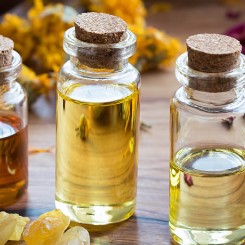 Essential Oils
Essential Oils
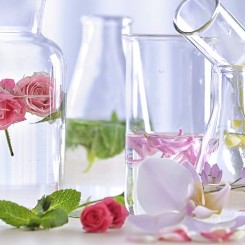 Hydrolats, Hydrosols, Floral Waters
Hydrolats, Hydrosols, Floral Waters
 Synergies
Synergies
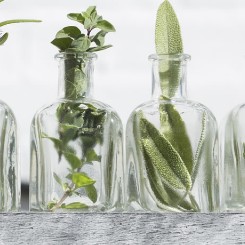 Herbal Oils
Herbal Oils
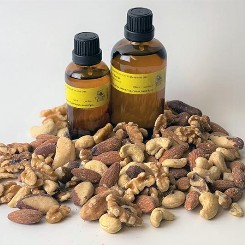 Vegetable Oils
Vegetable Oils
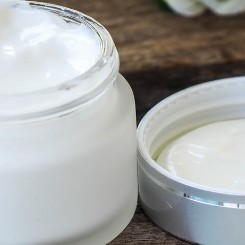 Bases
Bases
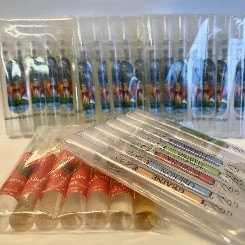 Books, Kits and Trial Packs
Books, Kits and Trial Packs
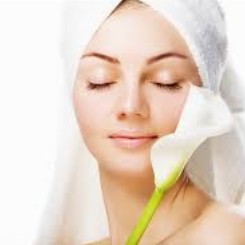 Skincare
Skincare
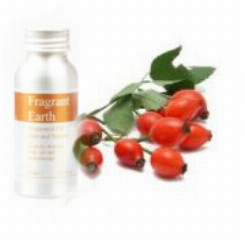 Body Care Oils
Body Care Oils
 Hair Care
Hair Care
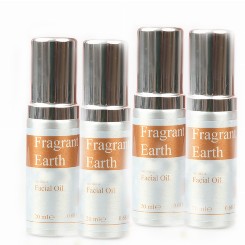 Facial Oils
Facial Oils
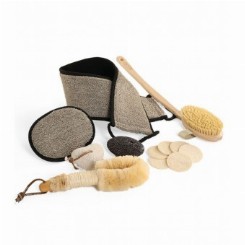 Eco Bath
Eco Bath
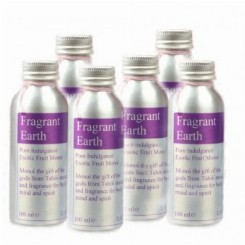 Pure Indulgence
Pure Indulgence
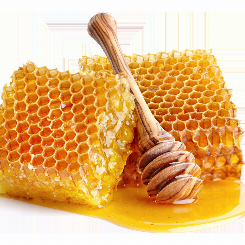 Honey, Beeswax & Propolis
Honey, Beeswax & Propolis
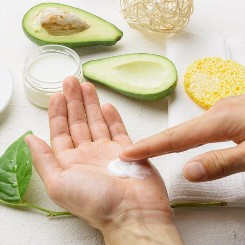 Handcream
Handcream
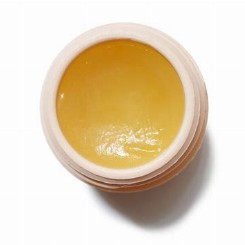 Balms, Salves & Ointments
Balms, Salves & Ointments
 Oral Care
Oral Care
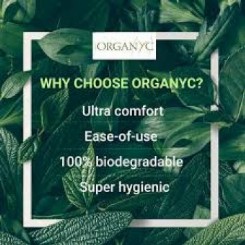 Feminine Hygiene
Feminine Hygiene
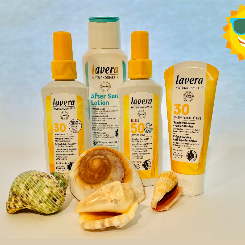 Sun Care
Sun Care
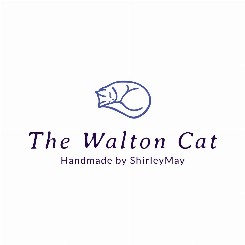 The Walton Cat
The Walton Cat
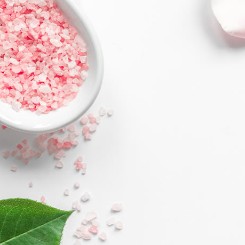 Bath Salts
Bath Salts
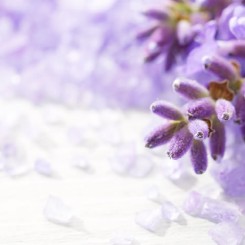 Somerset Lavender
Somerset Lavender
 Diffusers
Diffusers
 Candles
Candles
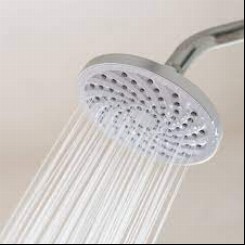 Shower Gel
Shower Gel
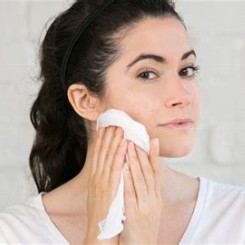 Soap
Soap
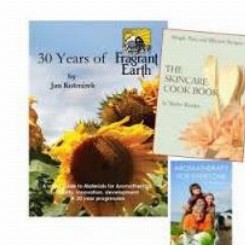 Books
Books
-245x-245x.jpg) Aromatic Waters
Aromatic Waters
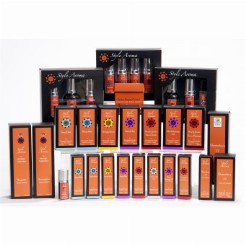 Style Aroma
Style Aroma
 Synergy Blends
Synergy Blends
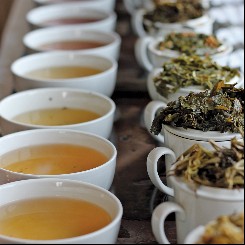 Miles Speciality Teas & Coffees
Miles Speciality Teas & Coffees
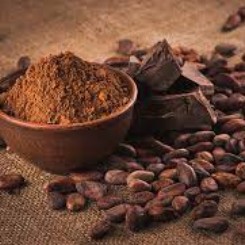 Chocolate one of life's passions
Chocolate one of life's passions